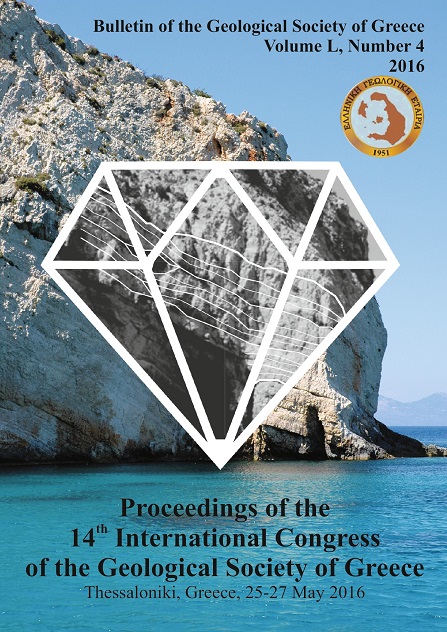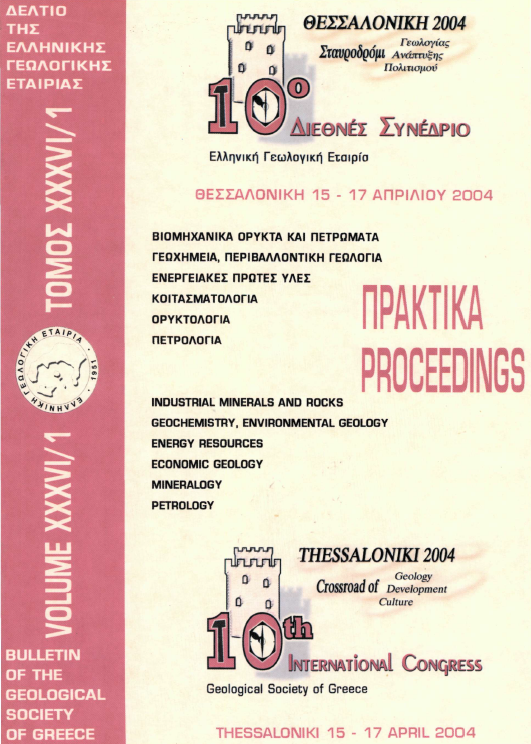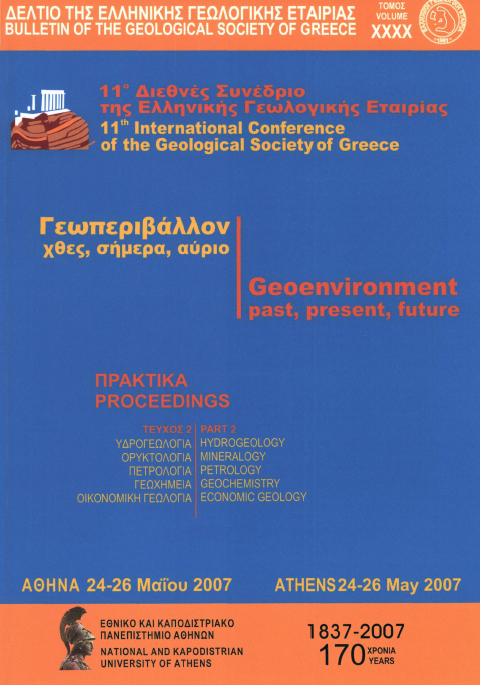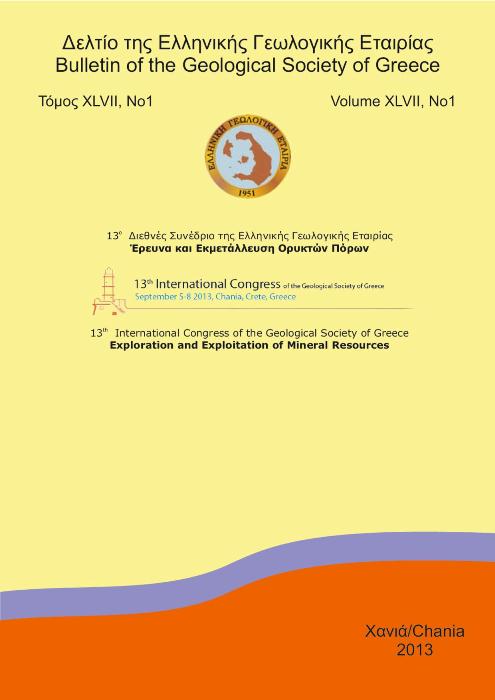NATURAL RADIOACTIVITY OF WESTERN ANATOLIAN PLUTONS, TURKEY
Résumé
The natural radioactivity of the Western Anatolian plutonic bodies (Turkey), as well as the assessment of any potential health hazard due to their usage as decorative building materials is studied. Seventy samples from Western Anatolian plutonic bodies, including various rock-types from quartz-monzodiortie to syenogranite, have been measured for their natural radioactivity using γ-spectrometry. According to the experimental results the natural radioactivity levels were ranged up to 229.62 Bq.kg- 1 for 226Ra, up to 207.32 Bq.kg-1 for 232Th and up to 2541.95 Bq.kg-1 for 40K, with a mean value of 57.67 (±38.13), 80.30 (±42.00) and 1071.92 (±405.24) Bq.kg-1 respectively, which are below the international representative mean values for granite stones. The increment on the external γ-radiation effective dose rate appears a mean value of 0.27 (±0.19) mSv.y-1, scattering below 1 mSv.y-1. In case of the internal α-radiation a mean value of 0.14 (±0.10) mSv.y-1, scattering below 0.5 mSv.y- 1 was estimated. The majority of the samples increase the external and the internal dose less than 30% of the maximum permitted limit of the effective dose rate. Therefore, at least from radiological point of view, the plutonic rocks of Western Anatolia could be safely used as decorative building materials.
Article Details
- Comment citer
-
Papadopoulos, A., Altunkaynak, S., Koroneos, A., Unal, A., & Kamaci, O. (2016). NATURAL RADIOACTIVITY OF WESTERN ANATOLIAN PLUTONS, TURKEY. Bulletin of the Geological Society of Greece, 50(4), 2332–2341. https://doi.org/10.12681/bgsg.14299
- Rubrique
- Environmental Geology

Ce travail est disponible sous licence Creative Commons Attribution - Pas d’Utilisation Commerciale 4.0 International.
Authors who publish with this journal agree to the following terms:
Authors retain copyright and grant the journal right of first publication with the work simultaneously licensed under a Creative Commons Attribution Non-Commercial License that allows others to share the work with an acknowledgement of the work's authorship and initial publication in this journal.
Authors are able to enter into separate, additional contractual arrangements for the non-exclusive distribution of the journal's published version of the work (e.g. post it to an institutional repository or publish it in a book), with an acknowledgement of its initial publication in this journal. Authors are permitted and encouraged to post their work online (preferably in institutional repositories or on their website) prior to and during the submission process, as it can lead to productive exchanges, as well as earlier and greater citation of published work.







